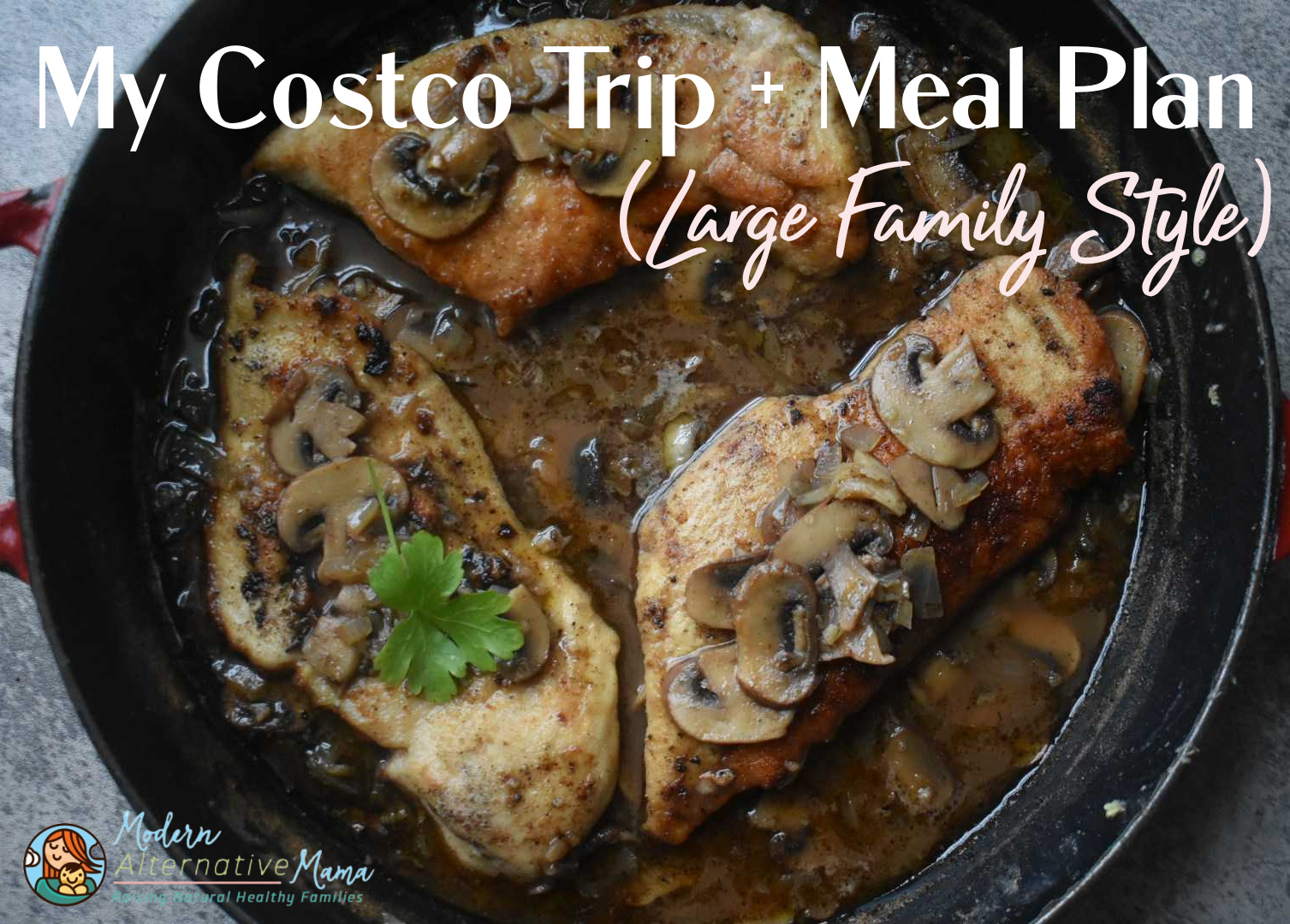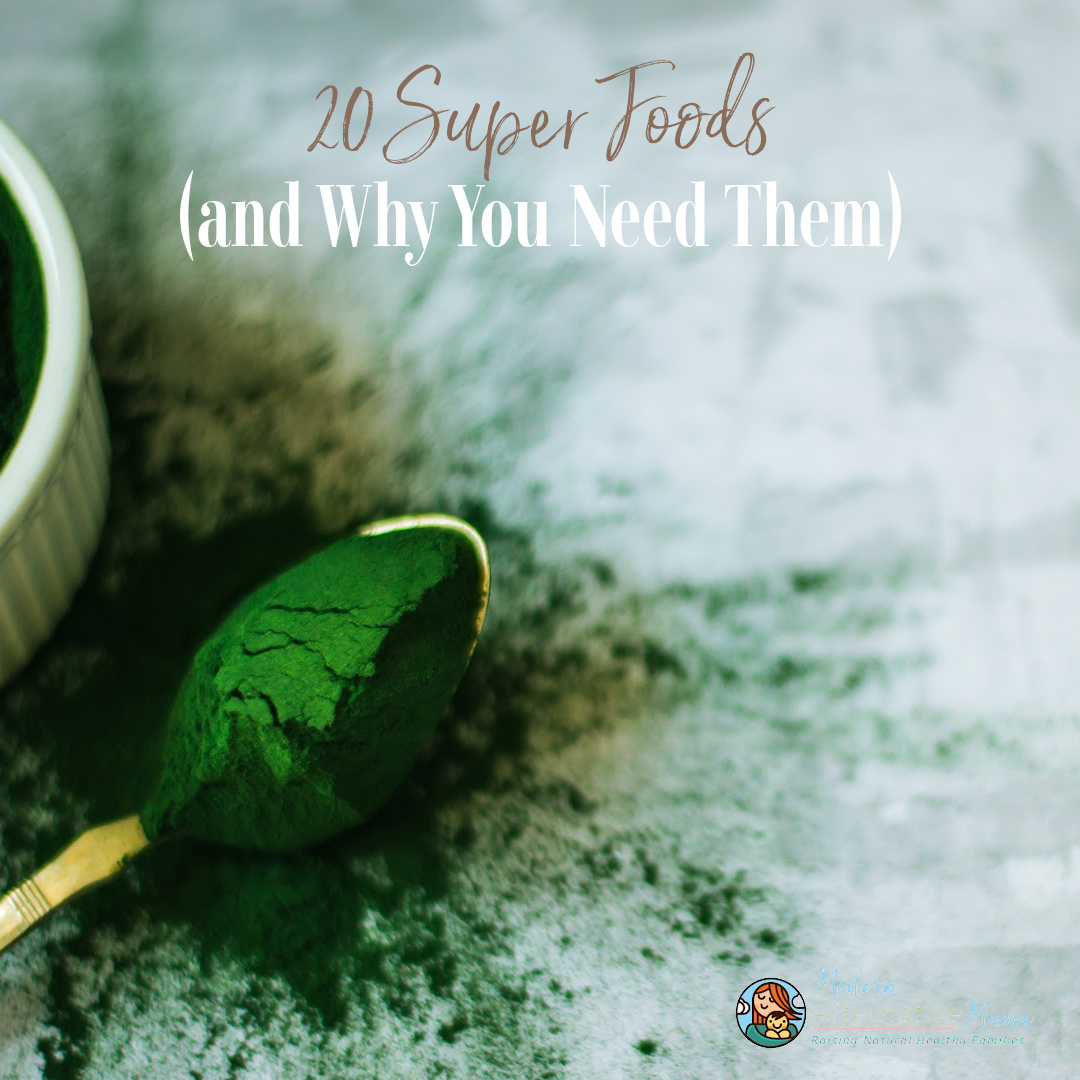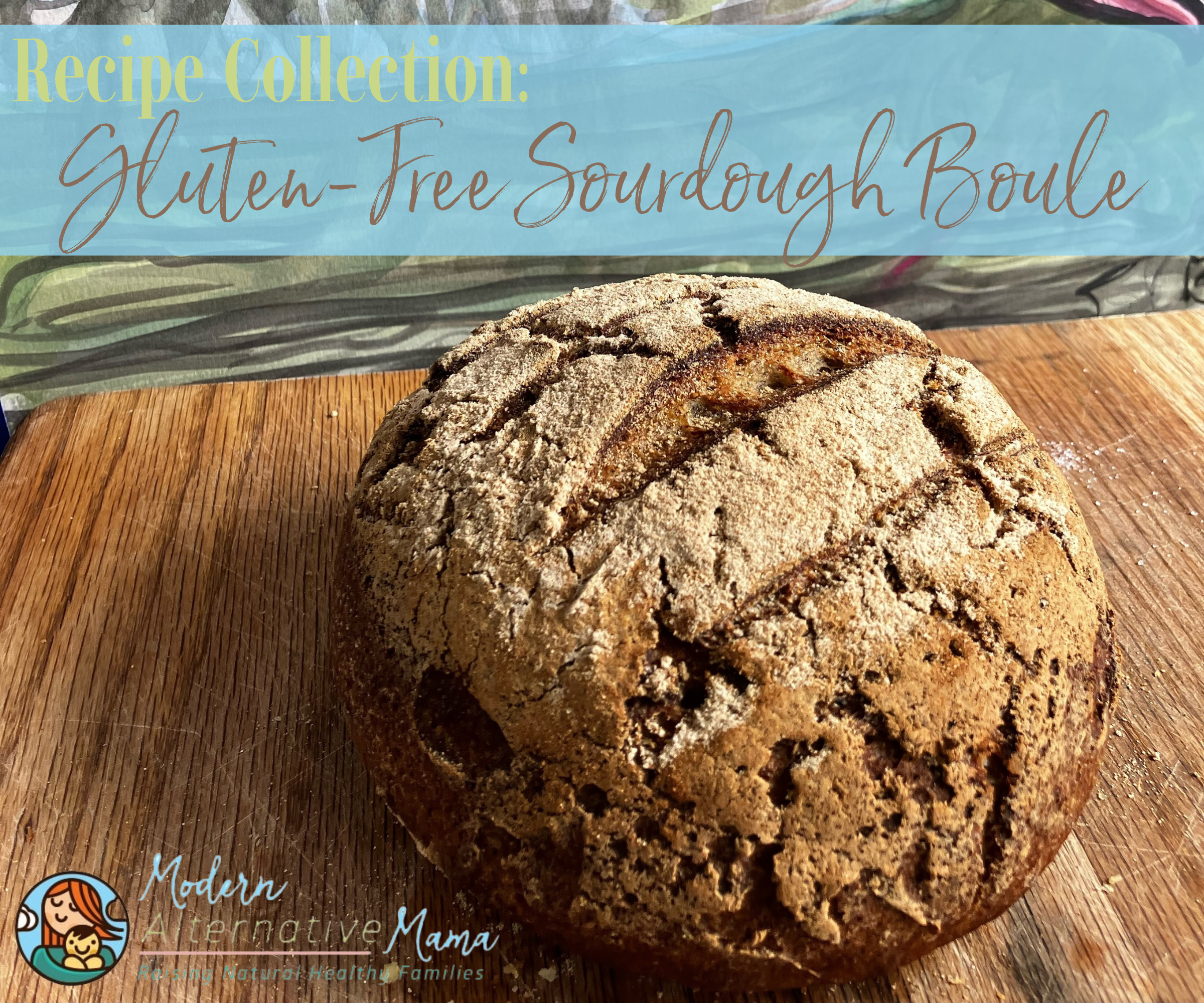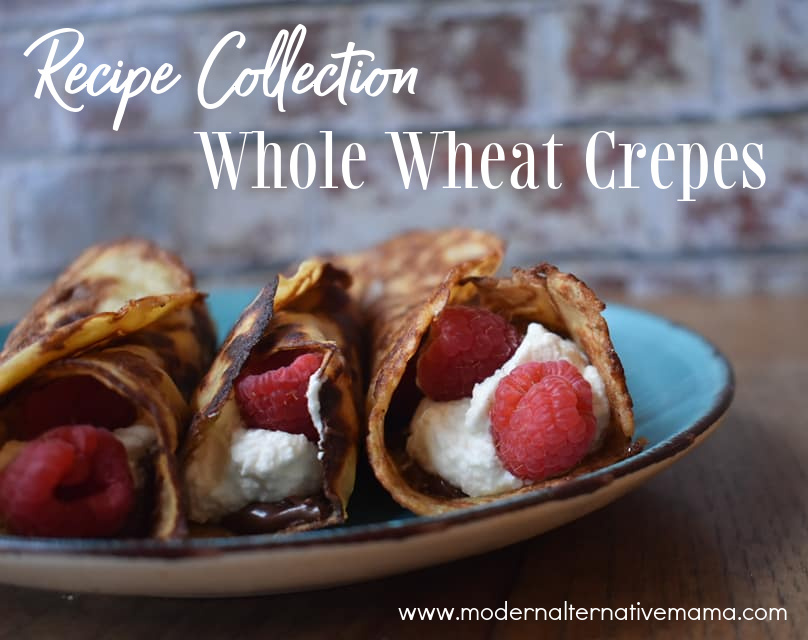When I first started baking gluten-free about two and a half years ago, I did what “they” said — I bought a big mix of different gluten-free flours, xanthan gum, starches, etc. I followed recipes. I believed that you had to use special blends of flours and you had to use xanthan gum and other processed ingredients because baking with wheat was somehow “special” and must be mimicked as closely as possible.
I think a lot of people still feel this way, and are very intimidated by gluten-free baking for this reason.
I’ve experimented quite a bit with all manner of gluten-free and completely grain-free baking now. I even wrote Against the Grain, which contains some of those recipes.
I’m pretty well convinced that you can bake almost anything out of almost anything…really. There are some limitations (yeasted breads are very tricky or impossible without gluten, or at least I haven’t mastered them yet), but for the most part — the sky’s the limit. Take, for example, my white bean vanilla cake…who would ever guess that was possible?
Let me tell you what I’ve learned.
Special Ingredients
The way that most people do gluten-free baking is to either buy an “all purpose” gluten-free mix (and there are tons on the market — Bob’s Red Mill, Gluten-Free Mama, etc.) or they buy several bags of individual flours and starches, like potato starch, white rice flour, brown rice flour, coconut flour, almond flour, corn flour, sorghum flour, tapioca starch, arrowroot powder…. It’s crazy-making.
Then there’s guar gum, xanthan gum, and all the other “gluten replacers.”
The real goal of all of this is to create a blend of flours that closely mimics wheat-based baking, where the “gum” replaces the gluten and lends it the “proper” texture.
The problem is that many of these ingredients are not especially healthy. And they don’t often yield very nice results. Many people dislike the texture of baked goods made with xanthan gum. Xanthan gum is made from the fermentation of glucose or sugar — which may be beet sugar, and could be GMO.
These food additives really are not “real food.” That is a major reason why I stopped using them! I figured there had to be a better way to bake without gluten and without these additives.
Quick Gluten-Free Breads
When baking quick breads, one of the major goals in “normal” baking is not to develop the gluten. All muffin recipes say things like “do not overmix.” That’s because overmixing develops the gluten and causes toughness. That’s true for biscuits, too. With cakes, special cake flour is used. Cake flour is heavily bleached in order to reduce the gluten content.
Therefore, there’s no need, in these types of baking, to try to “mimic” the presence of gluten in the first place!
Any type of quick bread can be made out of anything. Different types of flour or blends of flour, mashed beans, mashed fruits (banana or avocado), and so on. Any type of “batter” can be baked. Of course, the texture will be different depending on the ingredients used, but you can use anything.
Use whole foods to bake and it will turn out. There’s no need to have a whole cupboard full of special ingredients to make it work.
Basic Ingredients
Some simple ingredients can help your gluten-free baking be successful, yet easy.
Coconut Flour
This type of flour is GAPS-friendly and generally easy to bake with, although you must be able to eat eggs. Coconut flour is incredibly dense, so a little bit goes a long way. Bananas help it along too.
Almond Flour
This is one of my favorite types of flour to bake with. It’s made of blanched, ground almonds. Because it’s blanched, it doesn’t have the anti-nutrients and doesn’t require any soaking. It doesn’t require blending with anything else and bakes very similarly to wheat flour. It also doesn’t require eggs or any other specific ingredient, so it’s easily adapted to most other allergy needs (except, of course, nut allergies). It’s best used in recipes developed specifically for almond flour, but there are many out there, including several in my recipes section.
Cooked Beans
These are fun to bake with. I bake with white and black beans, though you could bake with any. Use cooked, unsalted beans and mix with eggs, honey, a pinch of salt, and any flavorings you want. It’ll create a batter that bakes nicely, if a bit dense. Many people use this method for brownies, although you could also make white bean vanilla cake. I think white beans have the most neutral flavor and bake the best, even if you are intending to make chocolate cake or another flavor. It’s also protein-rich and very healthy.
Eggs
Eggs are often important in gluten-free baking, because they can provide texture and rising to whatever you’re baking. This is especially important on a diet like GAPS, where you typically don’t use baking soda. Beaten eggs can provide a lot, so if you can eat them — use them!
Flax or Chia Seeds
If you can’t do eggs, ground flax seeds or whole chia seeds mixed with water can replace eggs and provide a nice texture for gluten-free baked goods. 1 tbsp. seeds plus 3 tbsp. water replaces one egg. This will not work if a recipe contains more than three eggs.
All-Purpose Mix
If you really want to simplify gluten-free baking, just use an one of the “all purpose” mixes out there in any of your usual recipes. These are made to replace wheat flour cup for cup. They are more expensive in some cases, though. Look for one that’s just a blend of flours and which doesn’t contain any xanthan gum or other binders. These are generally not suitable for grain-free baking, while the above options are.
Gluten-Free for Health
If you need to be gluten-free, or if you just want to enjoy a “healthier” treat from time to time, these are all good ways to bake. I enjoy baking with beans or almond or coconut flour sometimes, just because I have some on hand and they make great high-protein snacks. Plus, the baby can have them, even though he can’t have grains yet. This method of baking at home does tend to be healthier than baking with wheat flour, in many cases.
However.
Many people make the mistake of thinking that any gluten-free item is healthier, including store-bought. This is not true. If you must be gluten-free due to intolerance or celiac, then yes, relying on store-bought gluten-free items may be a sweet little bit of relief from time to time. You can get a treat that is (probably) safe and you don’t have to bake it yourself!
If you do not have any issue with gluten, however, you should know that gluten-free processed foods are still processed foods, and you are not doing yourself a favor by buying them over traditional processed foods. Just bake at home, whether you do it with wheat or almond flour or beans, and you’ll have a way healthier and way cheaper treat. 🙂








I was wondering if you’ve had any luck making a firmer dough without using a binding agent (xanthan gum, guar gum, etc)? I’d like to make grillable pizza dough that doesn’t have to be baked first or hot dog buns, but I haven’t figured out how to make that work yet. Everything I’ve done has ended up more in the quick bread batter category.
People have no idea what gluten is. I have done some gluten free baking before, but it was for VARIETY and I do think modern diets have too much gluten do to the breeding of the “perfect” wheat and baked goods with added gluten, but not that gluten is unhealthy.
My biggest tip for rice flour is let it soak for 30 minutes. That way it has a chance to soak up some of the liquid and it will have a better texture.
Gluten and EGG free baking is complicated. I can do no gluten for any quick bread… but take out the eggs and it gets harder.
I am just starting to experiment with gluten free baking. This post is a lot of help! I also love that the baby can eat some of these things too! He is our 4th baby, but the first we are doing no grains with and sometimes I run out of ideas! He loves coconut muffins though 🙂 Thank you!
I’ve had a lot of success with gluten free baking. These snicker doodles are super easy and delicious! http://kellird.com/white-chocolate-snickerdoodles-gluten-free/
Thanks so much for all of the great information on gluten-free baking! My daughters and I are gluten-free because of celiac and gluten sensitivity. I made it 5 years before I went out and bought some xanthan gum (for a particular recipe I thought I had to try) but I have yet to use it. Now after reading your post, I’m rethinking opening the bag at all. Lots of kitchen exploring yet to do! 🙂
I am having problems with my GF baking. Have any of your GF flours gone bad? I have a Bob Mills brand and I try different recipes and variations of ingredients and the end result always tastes strange. I was wondering if maybe the flour goes bad after a certain amount of time.
Elana, from Elana’s Pantry does not recommend Bob’s Red Mill almond flour. She has stated that recipes tend not to turn out properly with it. I purchased it because it is basically the only kind available locally in retail stores. Success with it for me has been hit or miss. Usually very crumbly. She recommends and uses Honeyville and to be sure it is blanched. She has many GF recipes on her page. It was recommended to me by a holistic health care professional.
I would really like to do more baking with almond flour! I have tried grinding up almonds in my food processor (fail). But it does work as a good supplement (I use half and half flour with cookies and such). Where can I buy (or how to I make) almond flour that actually WORKS? Thank you so much!
Thank you for this great post! I am tryng to offer gluten free options to my readers and did not want to use xanthan gum or any of the other gums or starches. I am going to bookmark this and use it as a refrence. Thanks again. 🙂